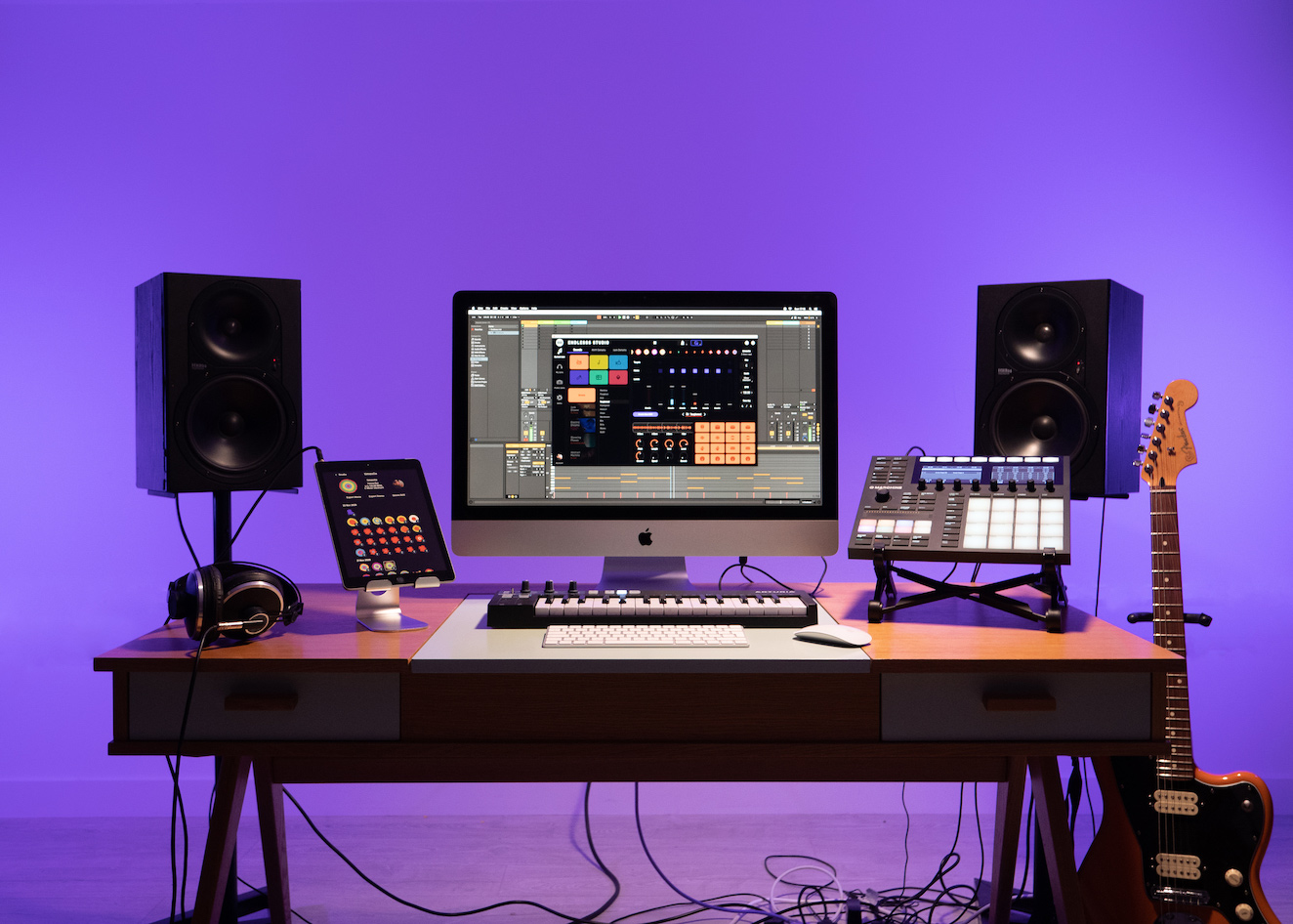Deepfakes, infinite albums, generative NFTs – creative pioneers are rapidly pushing technology-enabled concepts into the center of web culture. Whereas just a few years ago, it was hard to get people to care about non-static media, it’s now grabbing people’s attention and their (crypto) currency.
Problem-solving
The Infinite Album gives video game streamers a way to soundtrack their streams without risk of takedowns. The AI creates soundscapes that react to your gameplay and even lets Twitch viewers use commands in the chat in order to influence the soundtrack. The music industry as a whole has been unable to form a global approach that makes it easy for gamers to understand what music they can play on-stream. This situation has given room for new entrants, some very tech-driven, to solve a clear problem.
Another example I’ve mentioned here before over the years is Endel, which provides ‘personalized soundscapes’ that help the listener focus, relax or sleep. They’ve essentially taken a common use case for music and have built a product that doesn’t neatly fit within the common formats of the music industry: a mental health app with adaptive soundscapes. Their artist collaborations include techno pioneer Plastikman (Richie Hawtin) and Grimes.

World-building
One of the most ambitious projects to recently launch is Holly Herndon‘s ‘Holly+‘. The singer, musician and frequent AI-collaborator has created a deepfake version of herself which people can then collaborate with. Another way of putting it is that Holly, through her collaboration with Never Before Heard Sounds, has created an instrument that is based on herself. She will set up a Decentralised Autonomous Organisation (DAO) to govern her likeness and is creating an NFT auction house using the Zora protocol to sell approved artworks. She describes:
“The Holly+ model creates a virtuous cycle. I release tools to allow for the creative usage of my likeness, the best artworks and license opportunities are approved by DAO members, profit from those works will be shared amongst artists using the tools, DAO members, and a treasury to fund further development of the tools.”
Other recent examples include a new release by Agoria & Ela Minus on Bronze Player, a tool that lets artists create music that recomposes itself infinitely, which in a way makes recorded music feel more like performed music in that you won’t be able to experience it exactly the same way twice. A linear version of the song was also released (embedded below).
One NFT platform I’m keeping a close eye on is Async, which sells art NFTs in layers, allowing the creator to set rules for the manipulation of the art and the buyers to reconfigure the work. After starting with visual arts, it launched Async Music:
“This is music with the ability to change its composition. It may sound different each time you come back to listen. This is achieved by breaking down a song into separate layers called Stems. Each Stem has multiple Variants for its new owner to choose from. In this way, a single Async Music track contains many unique combinations of sounds.”
Water & Music, run by Cherie Hu, estimates that Async has grossed about $650K in revenue from music NFT sales in May & June of this year, taking the third place in terms of music NFT marketplaces by revenue size.
Status-shaping
Possibly the largest non-static art projects, by revenue share, are NFT collectible avatars such as CryptoPunks and Bored Ape Yacht Club. These avatars are generated from variables like hair & skin colour, accessories and other types of character customization, leading to sets of 10,000 unique avatars. These collectibles are then sold as NFTs. Particularly CryptoPunks are highly valued due to them being minted before last year’s NFT explosion and thus being a status symbol in the budding Web3, often selling for tens of thousands of dollars. There are even cases of people paying over a hundred thousand dollars, like Jay-Z for CryptoPunk #6095.

A tipping point?
I believe that music’s future is non-static. It gained a default characteristic of linearity in the age of the recording, meaning: a song will sound the same every time you hear it. That’s a very recent trait for music to have by default. Now with powerful connected devices and a new generation of DAWs, we’re seeing this temporary reality of the recording age unravel and become optional rather than a default.
If you’re an artist, this unraveling means greater freedom in how you approach music as an art; it can be interactive, adaptive, generative, dynamic, augmentative, 3D, etc. If you’re more interested in the business side, you may find that you can take a page or two from the gaming industry’s book and make more money by charging for features rather than the content itself. Sell features, not songs.



